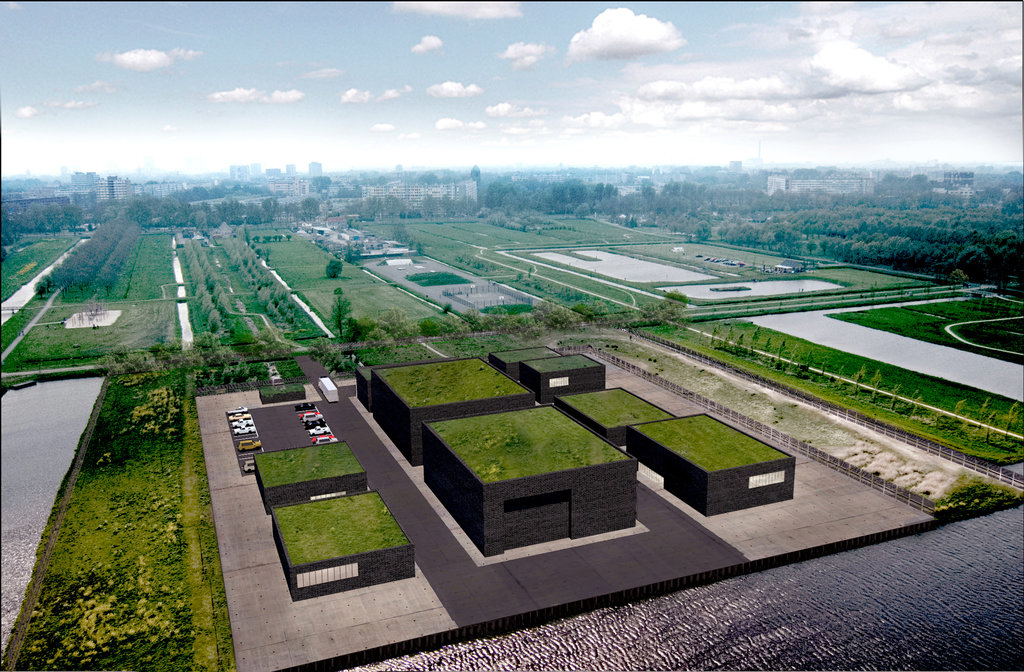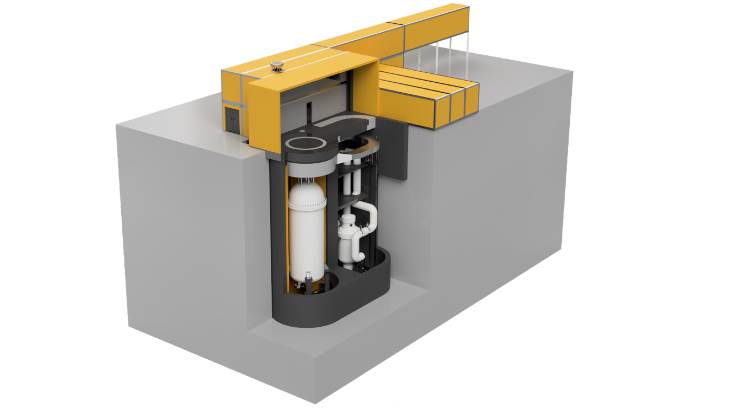Collaboration playing important role in SMR development
Canadian Nuclear Laboratories (CNL) says knowledge sharing initiative will help accelerate deployment of new technology.

Related Articles
An increasingly competitive commercial marketplace for small modular reactor (SMR) development is seeing more companies realize the importance of collaboration to tackle shared challenges, according to Canadian Nuclear Laboratories (CNL).
CNL has selected the first recipients of the Canadian Nuclear Research Initiative (CNRI) which seeks to accelerate the deployment of SMRs in Canada by enabling research and development and connecting global vendors of SMR technology with the facilities and expertise within CNL.
“It is always natural for companies to want to protect their investments and intellectual property, however in the current SMR industry the climate is one of collaboration,” CNL Program Director, Energy, Dr. Gina Strati, told Nuclear Energy Insider.
“Vendors realize that the right partners and collaborative opportunities can advance their technologies significantly, moving the agenda for deployment ahead, particularly on shared challenges such as fuel development, generic licensing issues, advanced manufacturing, and materials development.”
CNL says it received a strong response to the initial intake, receiving applications from key players in the global SMR industry. The four projects which have been selected to proceed to the negotiation phase all met the criteria established for the CNRI Call for Proposals: alignment with the CNRI focus areas, demonstration of lasting value for CNL, ability to advance SMR development and deployment, and to demonstrate a benefit to Canada.
Applicants are required to match funds and in-kind contributions that will be made by CNL. CNL is investing its own commercial revenue into the program and will help enable access to these resources for SMR vendors and developers by jointly undertaking important research which moves them closer to deployment.
 Source: World Nuclear Association
Source: World Nuclear Association
“The CNRI program does not provide direct funding to project proponents, rather it offers in-kind support through access to the laboratories and expertise within CNL,” explains CNRI Project Lead Megan Moore. “At this point in the CNRI program, with negotiations underway, we aren’t in a position to provide details on the total dollar value of in-kind support that CNL will to provide.”
Moore adds that the ongoing negotiations include aspects such as project scope, timelines, deliverables and cost-sharing arrangements. CNL is not restricted to a final agreement with only one applicant, and may proceed with several applicants.
Negotiations underway
There were five applications received in the first Call for Proposals, with four currently in negotiation:
Moltex Canada
The reactor developer, along with the University of New Brunswick, seek to build and optimize a test apparatus to explore the potential of converting used CANDU power reactor fuel into a fuel form capable of powering their Stable Salt Reactor design.
Kairos Power
Kairos Power is proposing the development of a Tritium Management Strategy for its high-temperature fluoride salt-cooled reactor (KP-FHR) design.
Ultra Safe Nuclear Corporation
USNC is proposing work that seeks to resolve technical questions in support of its Micro Modular Reactor (MMR). These include fuel processing, reactor safety, and fuel and graphite irradiation.
Terrestrial Energy
Terrestrial Energy will be evaluating the applicability of nuclear safety, security and non-proliferation technologies to the IMSR400 reactor and other SMR designs. This work will look at opportunities to utilize CNL’s existing facilities, most notably the ZED-2 reactor, as well as develop new experimental capabilities related to molten salt reactors.
Of those four applicants, Terrestrial Energy and USNC (with partners Global First Power and Ontario Power Generation) are also currently participating in CNL’s SMR Siting Invitation.

USNC's MMR design. Image: USNC
“Canada holds a leading role in SMR deployment globally, but there remains much work to be done to bring an SMR through to actual deployment,” CNL Commercial Relations and Marketing Office, Bonita Chan, told Nuclear Energy Insider.
“The CNRI program will help technology developers advance their SMR designs and planning. There is a significant market advantage to those who are early to market with their technology, and with that comes economic opportunity to the larger supply chain.”
Commercial viability
Moltex Energy CEO for North America Rory O’Sullivan said that negotiations are progressing well.
“We have been working with CNL on this file for a long time, so we expect it to progress swiftly,” O’Sullivan told Nuclear Energy Insider.
“CNL have excellent capabilities in fuel development and are essential in our development program. This funding commitment from them demonstrates their interest in our technology and being part of the New Brunswick nuclear cluster.”
The program will support the second and third phases of Moltex’s Oxide Nuclear WAste Reduction Demonstration (ONWARD) project to explore the commercial viability of the WAste To Stable Salts (WATSS) technology to convert spent CANDU fuel into new fuel that can produce more clean energy from a Stable Salt Reactor. The first phase is already in progress.
Under the proposed CNRI project, Moltex Energy, the University of New Brunswick and CNL will design, build and optimize the test apparatus used to process the used fuel. The data collected will support the design and licensing of a WATSS facility. New Brunswick Power and Ontario Power Generation will be involved in the project to provide advice and guidance.
“The CNRI program encourages applications which tackle common issues across the SMR industry, and welcomes joint applications from multiple vendors on projects of shared interest,” says Moore.
“The program is ongoing and we expect a second Call for Proposals early in 2020, and a number of SMR vendors have expressed early interest in participating.”
Scott Birch
